Occupation Journalist, Author | Role Journalist Name Eric Lichtblau | |
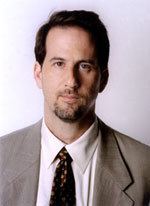 | ||
Books Bush's Law: The Remaking of American Justice, The Nazis Next Door Profiles | ||
Keynote Speaker Eric Lichtblau: 2014 Journalism Ethics Conference
Eric Lichtblau (born 1965) is an American journalist, recently reporting for The New York Times and the CNN network's investigative news unit.
Contents
- Keynote Speaker Eric Lichtblau 2014 Journalism Ethics Conference
- Eric lichtblau the nazis next door
- Life and career
- Books
- Controversy
- Works
- References
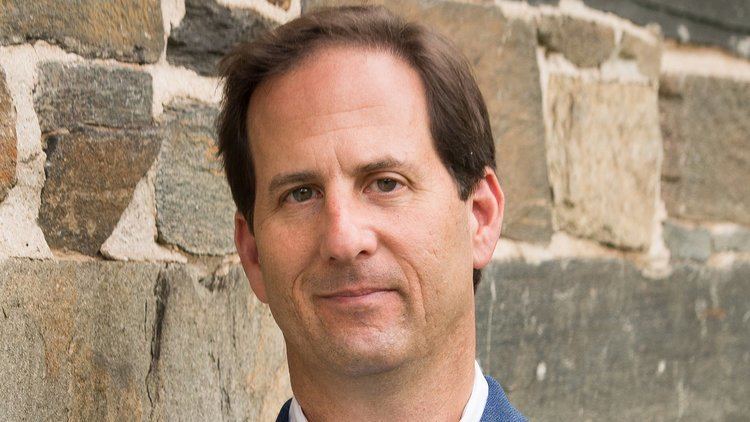
Eric lichtblau the nazis next door
Life and career
Lichtblau was born to a Jewish family in Syracuse, New York, and graduated from Cornell University in 1987 with majors in government and English. After college, Lichtblau did stints on the Los Angeles Times investigative team in Los Angeles and covered various law enforcement beats. He worked at the Los Angeles Times for 15 years, covering the Justice Department in their Washington bureau between 1999 and 2000.
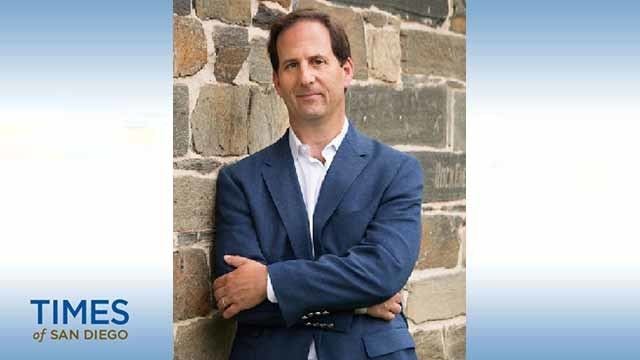
He joined The New York Times in September 2002 as a correspondent covering the Justice Department, and remained with the paper through 2017. In April 2017 he became an editor for CNN; just two months later, in June 2017, he was among three CNN editors who resigned following the retraction of a report regarding alleged contact between the presidential transition team of Donald Trump and a Russian state-owned bank.
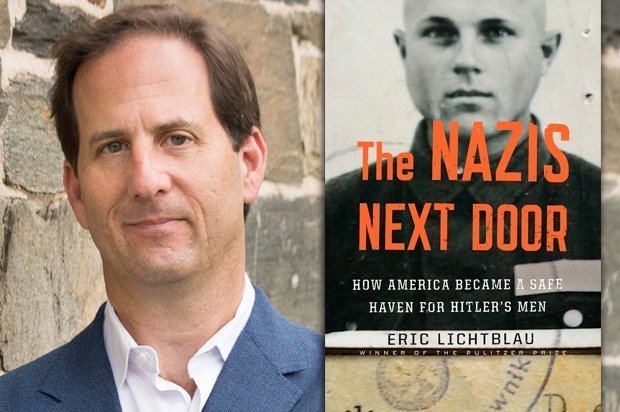
Lichtblau and his wife live in the Washington, D.C. area with their four children.
Books
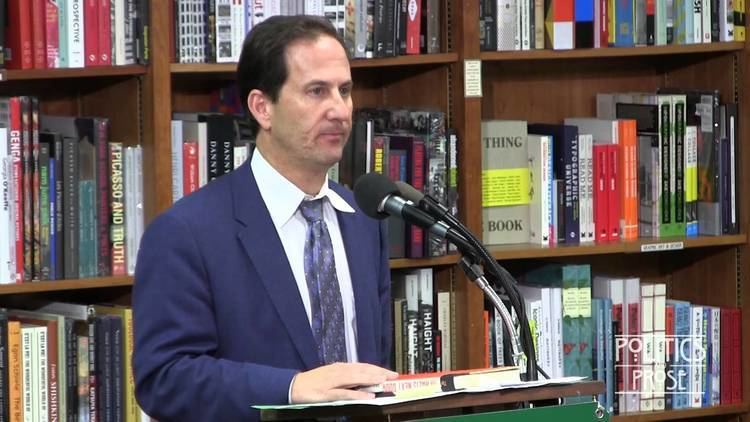
Lichtblau is the author of Bush's Law: The Remaking of American Justice. With fellow New York Times reporter James Risen, Lichtblau was awarded a 2006 Pulitzer Prize for breaking the story of the National Security Agency's wiretapping program. Using groundbreaking research, Lichtblau's book was first to inform the American public that after 9/11, President George W. Bush had authorized the National Security Agency, in apparent contravention of federal wiretapping law, to eavesdrop on Americans without court warrants.
In The Nazis Next Door: How America Became a Safe Haven for Hitler's Men, Lichtblau uncovered the full details of Operation Paper Clip, a story that had been carefully guarded by the U.S. Central Intelligence Agency for over sixty years. Unknown to Americans, and fully aware of the monstrous crimes many had committed, the CIA provided a safe haven for thousands of Nazi scientists and spies after World War II. Most of the scientists recruited had worked on Hitler's V2 rocket project. Best known of the Nazi scientists was Wernher Von Braun, often described as "Father of Rocket Science".
The V2 rockets killed thousands of British and Belgian citizens during the War and ruthlessly exploited concentration camp prisoners for labor. CIA directors insisted America's dominance in space technology was far more important than prosecuting war criminals. The CIA helped other Nazis gain access to the US to covertly collect information on Communists as part of an overzealous Cold War policy. Elizabeth Holtzman described the book as a "fast paced, important book about the justice department's efforts to bring Nazi war criminals in the United States to justice that also uses recently declassified facts to expose the secret, reprehensible collaboration of U. S. intelligence agencies with those very Nazis". In both of his books, Lichtblau used first rate research to uncover what many would consider abuses of power by government agencies.
Lichtblau said in an interview that "Of all the survivors in the camps, only a few thousand came in the first year or so. A visa was a precious commodity, and there were immigration policymakers in Washington who were on record saying that they didn't think the Jews should be let in because they were 'lazy people' or 'entitled people' and they didn't want them in. But there were many, many thousands of Nazi collaborators who got visas to the U.S. while the survivors did not, even though they had been, for instance, the head of a Nazi concentration camp, the warden at a camp, or the secret police chief in Lithuania who signed the death warrants for people."
Controversy
On October 31, 2016, The New York Times published an article by Lichtblau and Steven Lee Myers indicating that intelligence agencies believed that Russian interference in the 2016 presidential election was not aimed at electing Republican presidential candidate Donald Trump. It was subsequently revealed that multiple United States intelligence agencies were conducting an investigation at the time into possible covert aid from the Kremlin to the Trump campaign. This has led to criticism of The New York Times coverage of the election, and speculation that the Times reporting, and the Lichtblau article in particular, contributed to Trump's victory. On January 20, 2017, The New York Times published an article by the public editor acknowledging that the Times staff, including the editors and Lichtblau, had access to materials and details indicating that the Russian interference was aimed at electing Donald Trump, contradicting the October 31 Lichtblau article, and stating that "a strong case can be made that the Times was too timid in its decisions not to publish the material it had".
Daniel Pfeiffer, former senior advisor to president Barack Obama, characterized the decision not to publish the story while at the same time publishing many articles that fueled the Hillary Clinton email controversy as a "black mark" in the newspaper’s history. The New York Times editor Dean Baquet dismissed the controversy, stating that the public editor article is a "bad column" that comes to a "fairly ridiculous conclusion".
On June 25, 2017, Lichtblau resigned from CNN’s investigative unit after the retraction of a June 22 story that inaccurately connected an ally of President Trump to a Russian investment fund. The story was debunked by several news organizations that conducted investigations into the allegations. A CNN internal investigation found that "standard editorial processes were not followed" and that the claims were attributed to a single anonymous source.
